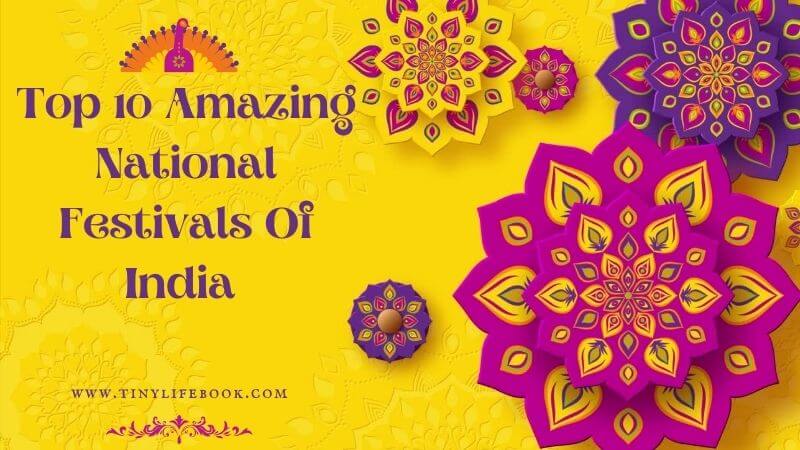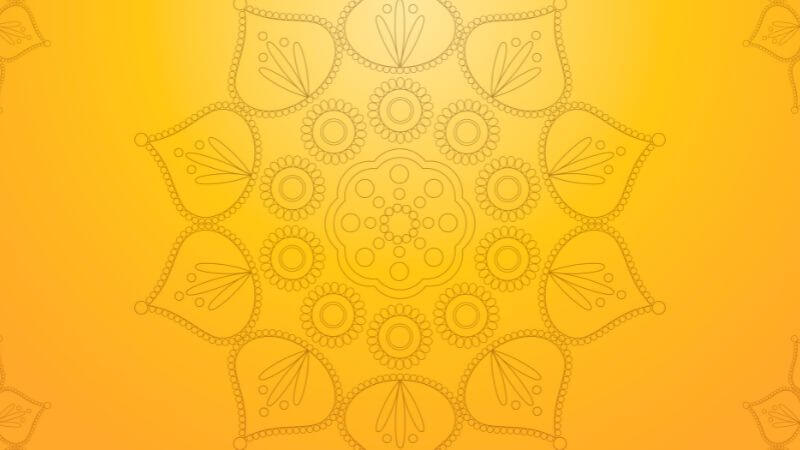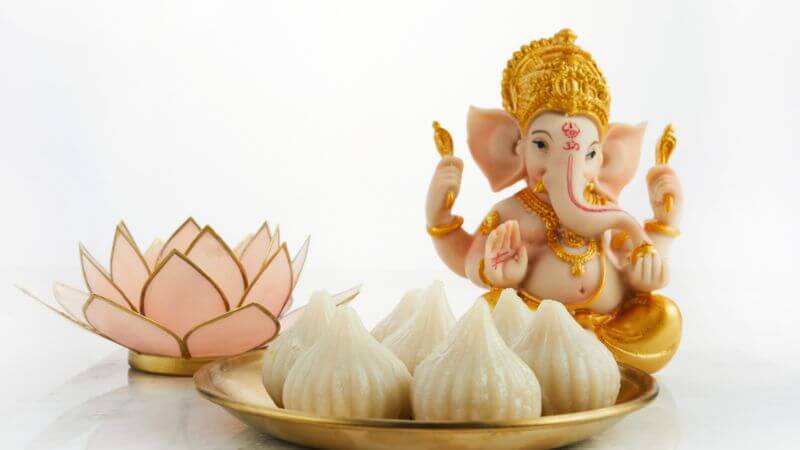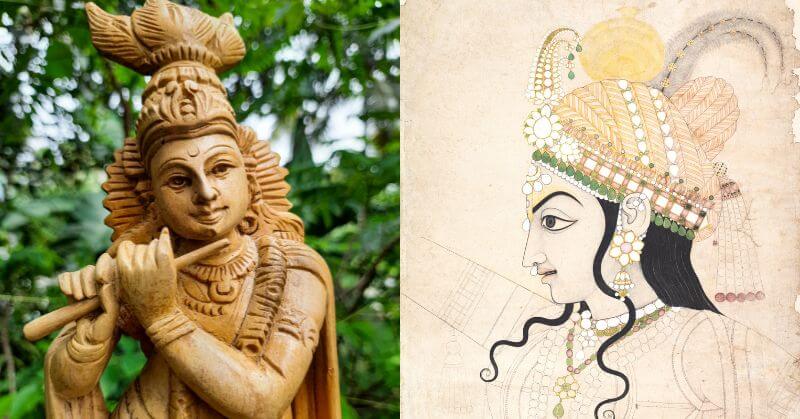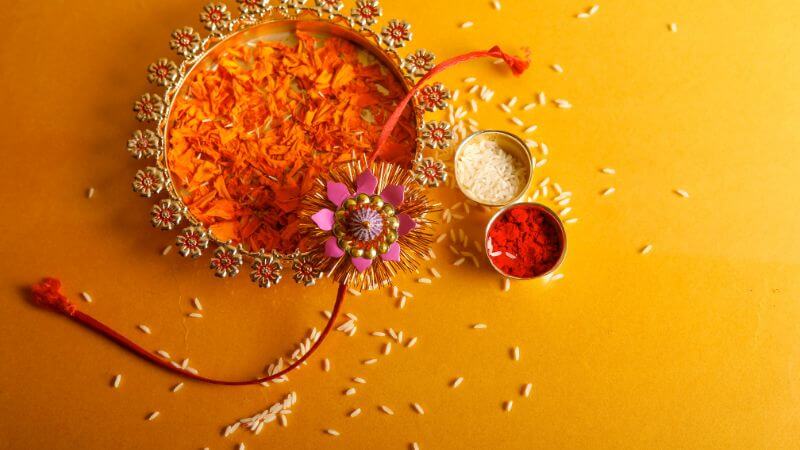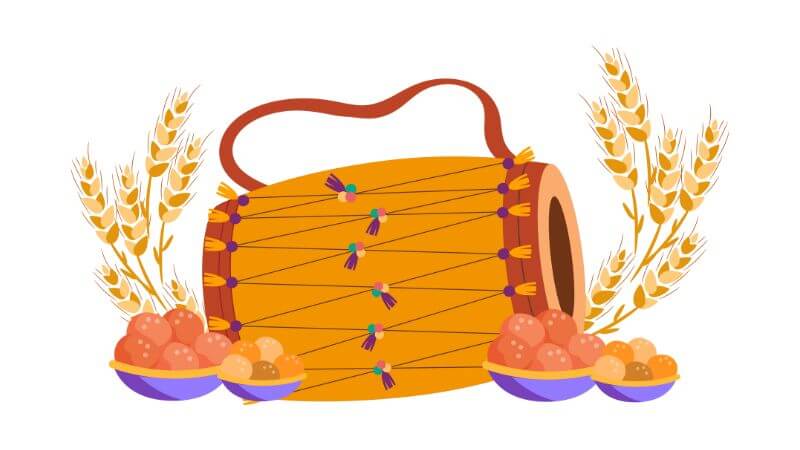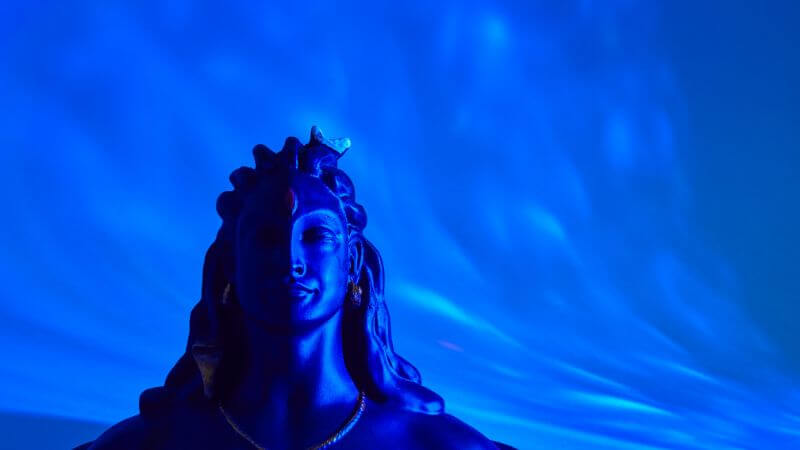In textbooks, we often come across a line that is “Festivals of India Essay.”
India is a diverse nation with a wide variety of religious holidays.
While certain holidays are observed throughout, others may be exclusive to a particular area or religious tradition.
Here is our collection of Indian holidays and celebrations for youngsters to learn more about their origin and culture.
Children may learn to embrace variety and respect all religions by being exposed to the numerous holidays observed around the nation.
You’ve come to the perfect location if your youngster has a strong interest in discovering more about various cultures and customs.
Children love festivals because they have lights, candy, food, fun, and frolic.
Read on to discover more about them and how to educate your kids to celebrate properly.
Festivals Of India Essay: Significance
Kids acquire a deeper understanding of Indian culture, norms, and rituals by enjoying the celebrations of festivals.
Elders give kids opportunities to use their creative talents and imaginations via events.
This will help them investigate the world.
Volunteering in celebrations will offer kids opportunities to interact with individuals of diverse origins and religions.
This offers them a chance to voice their viewpoints.
In addition to this, kids can acquire important interpersonal, innovative, and analytical skills at Indian festivals.
By engaging in endeavors like food preparation, house designing, or engaging in gaming.
They may improve their creativity, teamwork, and coordination abilities.
They can gain invaluable information about life as a whole morality, and beliefs through conversing with seniors,
This will also help them mold their personalities.
Families teach children the value of teamwork via the celebration of festivals in India.
From managing resources shared by everyone throughout the holiday season to cleaning up their houses.
This helps inculcate a feeling of responsibility in the young.
Additionally, families spend together while having fun during holidays by creating traditional delicacies or shopping for décor.
List Of Festivals Of India Essay
There are many religious festivals in India essay with a rich culture behind them. Here are a few along with their facts:
1. Diwali
Hindus throughout the world and in India celebrate Diwali, also known as Deepawali, with similar fervor.
Diwali is a holiday commemorating Lord Rama’s 14-year exile and subsequent return to Ayodhya.
Ayodhya residents commemorate the occasion by putting candles on doorknobs and window sills.
Everyone lights clay diyas and candles on Diwali.
The illuminations stand for good triumphing over evil. There are numerous cultural events on Diwali.
Another long-standing custom of Diwali is the exchange of gifts and sweets.
Additionally, it is customary to worship the goddess Lakshmi on the eve of Diwali.
Even though Diwali is a 5-day holiday, preparations for it begin months in advance.
People burst crackers at this festival. During Diwali, it’s also rumored that individuals worship the goddess Lakshmi.
For Goddess Lakshmi to come and bless the family, they clean and light their homes.
Bhai Dooj is a celebration that occurs on the final day of Diwali.
The Hindu month of Kartik’s Shukla Paksha Dwitiya is when Bhai Dooj occurs.
distinct parts of India have distinct names for it.
On this day, sisters offer aarti to their brothers and place a ’tilak’ on their foreheads.
Diwali, which is celebrated in South India, honors Lord Krishna’s triumph against the demonic Naraksurai.
In addition, the Hindu New Year and the new fiscal year begin on Diwali.
This is the favorite festival Of India essay.
2. Holi – Festivals Of India Essay
Holi, popularly known as the “Festival of Colours,” is one of India’s most well-known festivities.
It is a colorful event full of music, dance, joy, frolic, and playfulness.
It commemorates the killing of the she-demon Holika by Prahlad, a devotee of Lord Vishnu, on March 20th.
Some South Indian traditions also commemorate it as the day Lord Shiva burnt Kamadeva, the Lord of Love, to death by opening his Third Eye.
They honor Lord Kamadeva for this sacrifice because he dared to disrupt Lord Shiva’s calm to save the world from disaster.
People celebrate Holi by sprinkling colored powder on each other and doing a pooja for Holika Dahan, or Holika’s slaying.
Holi also commemorates Lord Krishna’s devotion to his spouse Radha.
According to folklore, Krishna grumbled to his mother about how Radha was fair and he was dark.
His mother recommended coloring Radha’s face, and the tradition of tossing colors began there.
During Holi, children play in mud baths, and adults consume Bhang, a drink produced from the cannabis plant.
3. Ganesh Chaturthi – Festivals Of India Essay
The most prominent celebration in Maharashtra is Ganesh Chaturthi.
This 10-day celebration commemorates the birth of Lord Ganesh, the revered elephant-headed God.
It starts on Shukla Chaturthi and finishes on Anant Chaturdashi of the Bhadrapad month.
According to legend, Lord Shiva created Lord Ganesh to be an obstacle-averter in the route of Devas and an obstacle-creator in the path of devils.
Devotees install huge, beautifully crafted statues of Lord Ganesha in their homes and podiums.
On the day of the celebration, people cook and serve a unique sweet known as Modaki to Lord Ganesh.
At the end of the festivities, people parade the statues through the streets and submerge in the ocean.
4. Navratri, Dussehra And Durga Pooja
From the 10th to the 18th of October, Hindus celebrate Navratri as a festival of devotion and dancing.
The event, which translates as “nine nights,” is held to honor all aspects of Shakti, India’s goddesses.
People dance the ‘garba’ around an earth light to traditional music for nine nights.
The first three days in Tamil Nadu are dedicated to Goddess Parvati, the following three to Goddess Durga, and the last three to Goddess Lakshmi.
Dussehra, the tenth day following Navratri, commemorates Lord Ram’s victory over the Asura Ravana.
Throughout the festival’s nine days, individuals act out Ramleela, or Ram’s narrative, accompanied by traditional music.
On the tenth day, the actor who plays Ram shoots flaming arrows at massive effigies of Ravana and his sons Meghnath and Kumnbhakarna.
These effigies fall in a blaze of light and fireworks, and people cheer and dance in delight.
The defeat of the demon Mahishasura by Goddess Durga is widely celebrated in West Bengal.
This is ‘Durga Puja,’ and the city changes into an art exhibition with diverse pandals for 10 days.
Many people perform dances and cultural events.
On the tenth day, witnesses submerge the Goddess Durga idols into the Ganges river.
5. Christmas
In India, both Christians and non-Christians celebrate Christmas.
Even while Indians practice rites similar to those seen in the West, we can see certain influences of local Indian customs.
During the Christmas season, India’s major cities such as Mumbai, Kolkata, and Delhi take on a festive appearance.
The stores and markets are decorated with illumination and ornaments.
This celebration is for its gift exchanges and family reunions.
6. Onam
The south Indian state of Kerala celebrates Onam in the as the return of King Mahabali.
It lasts 10 days, from September 1st to September 13th, when people paint their front doors with vibrant rangoli designs.
During the celebration, elaborate traditional feasts called ‘Onam Sadhya’ are served on banana leaves, with four distinct varieties of curries.
The Snake Boat Race and the Kaikottikali Dance are very famous during Onam.
There is an Onam Carnival that lasts ten days and highlights Kerala’s rich heritage and culture in the finest way possible.
7. Eid-Ul-Fitr
In the Muslim world, including both India and other countries, Eid-Ul-Fitr is the most significant holiday.
The culmination of Ramadan’s 30-day fast is commemorated at the festival, which is the most important day in Islam.
During the three-day celebration, children get little amounts of money, wear new clothes, and exchange gifts.
Another characteristic of this occasion is visiting friends and family to say hello.
8. Janmashtami
Janmashtami celebrates to honor the birth of the playful Lord Krishna, Lord Vishnu’s 9th incarnation.
The two days are separate from the Gokul Ashtami and Janmashtami holidays.
The ladies fast until midnight and then cook exquisite meals with milk and butter.
These are two of Lord Krishna’s favorite delicacies before going to temples to honor the Lord.
The ‘Dahi Handi’, in which participants climb onto each other’s backs to form a human pyramid, is a popular festival pastime.
The person at the top of the pyramid typically needs to dangle from the ceiling while cracking open a clay pot filled with curd.
9. Raksha Bandhan – Festivals Of India Essay
Raksha Bandhan is a festival celebrating the noblest and the deepest bond between a brother and sister.
Hindus, Jains, and Sikhs all over India celebrate Raksha Bandhan with love and joy.
It falls on the brightest night of the month of Shravan.
On this day, sisters tie a sacred thread on their brothers’ wrists.
The thread reminds the brother of the responsibility he has towards his sister.
It signifies that the brothers have to protect their sister under all circumstances.
Siblings exchange gifts and sweets as a sign of love and respect.
10. Baisakhi
For the Sikh community in India, Baisakhi is a significant holiday.
It is a fusion of the Punjabi New Year and a harvest celebration.
On the day of Baisakhi, Punjabi people perform the Bhangra dance.
To make everyone equal and eliminate high and low ranks, Guru Gobind Singh organized the Sikhs into the Khalsa.
11. Makar Sankranti
Makar Sankranti is the only Hindu festival on the Solar calendar.
According to the legend, Bhishma, the hero of Mahabharata waits for an auspicious time to give up his life.
On this day, it is thought that those who pass away enter the Abode of Light and Eternal Bliss.
To celebrate this festival people dive in the Ganges and offer water to the Sun God.
Makar Sankranti is known as Khichri Sankranti in Uttar Pradesh.
Gujaratis have a tradition of creating handcrafted presents for their loved ones.
People organize a kite festival on Makar Sankranti.
This festival attracts kite fliers from all around the nation.
12. Maha Shivratri
Maha Shivratri is for the great Lord Shiva. This festival honors the marriage of Lord Shiva and his wife, Parvati.
On this event, people maintain a fast and give the Shiv Linga a milk and holy water bath.
According to mythology, King Bhagirath departed his realm to offer prayers for the salvation of his forefathers’ souls.
For his ancestors’ ashes to be blessed and enter heaven, he prayed to the Lord Ganga to wash over them.
He appealed to Lord Shiva since no one else could carry his complete heritage.
By washing the Shiv Linga, Lord Shiva recreates his journey through solid rock to reach the world.
13. Pongal
Pongal is a three-day harvest celebration also known as Makar Sankranti.
On the first day of Pongal, people clean the house thoroughly and burn the discards.
Children hum and jive to the campfire music.
South Indians create a delicious Pongal on Surya Pongal to honor the Sun God for the abundant crop.
Mattu Pongal, the last day of Pongal is to pay respect to the cows.
Final Thoughts On Festivals Of India Essay
The greatest time for parents to spend more time with their kids is during festivals.
Festivals Of India Essay is a great topic for kids to learn and grow it.
It aids in fortifying their relationship.
A festival season infuses the atmosphere with positivity, creating a friendly and healthy atmosphere.
Parents must monitor the mental health of their children.
The aforementioned Indian holidays are observed in various ways by various families in various places.
Each path is alive, energetic, and marked by the greatest commitment.
Your children will take an interest in studying these celebrations.
They’ll be much more willing to join in the festivities after they understand the history and significance of each event.
They may impart information to their peers in turn, and they can even dazzle your family with their intelligence.
Tinydale is on YouTube, Click here to subscribe for the latest videos and updates.
Follow Us: Facebook | Instagram | Twitter | Youtube | Pinterest

